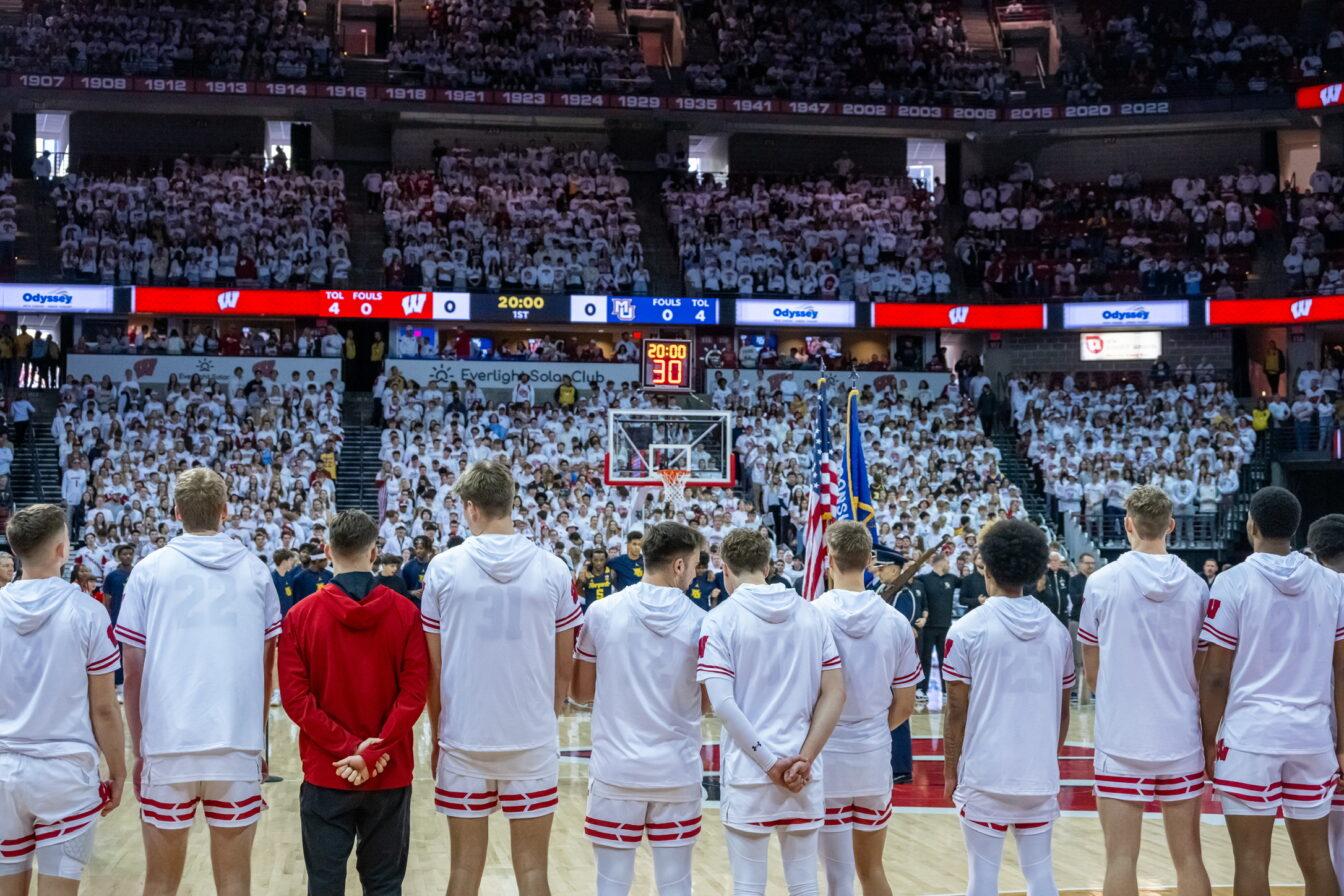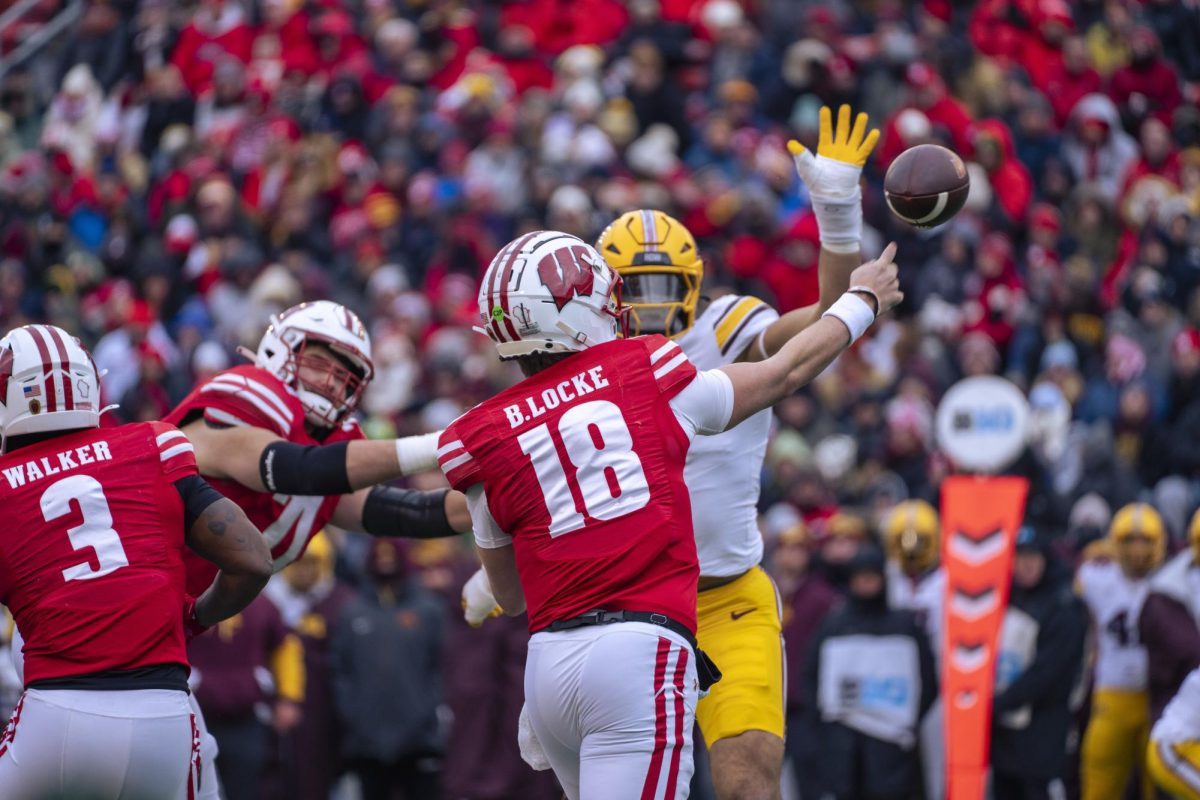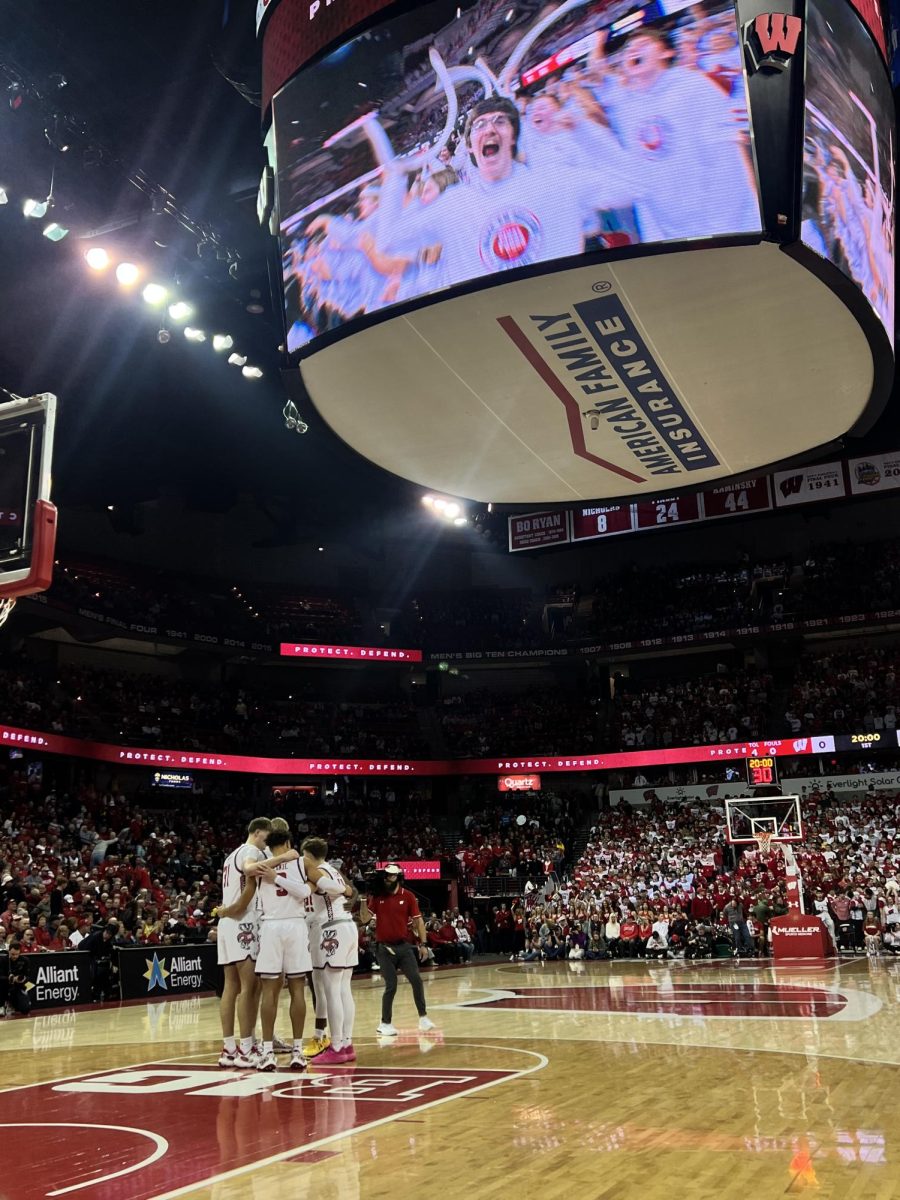When Kurt Warner was the starter in St. Louis for the 1999 Super Bowl champion Rams, he ran an offense that was then called “The Greatest Show On Turf.”
It was an offense that featured two stellar wide receivers in Isaac Bruce and Torry Holt, a Hall of Fame-caliber running back in Marshall Faulk and an offensive line anchored by left tackle Orlando Pace.
For Warner, it seemed like the show has moved from the AstroTurf of what was then the Trans World Dome to the high-tech, natural grass turf of the University of Phoenix Stadium in Arizona as the quarterback for the Cardinals.
This season, the Cardinals had the fourth best offense in the league, averaging 365.8 yards per game and 26.7 points per game. Warner was the third best quarterback ranking in the NFL, with a rating of 96.9.
With last Sunday’s win against Philadelphia in the NFC Championship, Warner will be making his third Super Bowl appearance. Like his current team, the previous team had a high-powered offense and a defense which came on late in the season.
The similarities between the two offenses Warner has led to the Super Bowl are striking down to the numbers.
In 1999, when the Rams beat the Tennessee Titans in the Super Bowl, Warner’s go-to guy, Bruce, had one of the best years of his career. He had 77 receptions for 1,165 yards and 12 touchdowns. Warner’s current favorite wide receiver, Larry Fitzgerald, is putting up his own career-best year with 1,431 yards, only 300 more than Bruce, and the same 12 touchdowns.
Holt, the second leading receiver on the 1999 Rams, had 52 receptions for 788 yards and six touchdowns. The No. 2 in Arizona, (though he is obviously not happy about it) Bouldin, had an even better year than Holt did with 11 touchdowns and 1,038 yards.
The only major difference, obviously, is the running back. While the ’99 Rams did have Faulk, who had 13 total touchdowns on the year and was also a receiving threat, the ’08 Cardinals have platooned Edgerrin James and Tim Hightower, who have a combined 13 touchdowns.
While the stats on offense may be similar, the key to both offenses is Warner. Without a leader and offensive producer like him behind center, the people playing around him would not have had the years they did.
For Warner, this has been a comeback season. He is five years removed from leading the “Show” and has been seen as a backup ever since he arrived in Arizona after spending a year with the Giants. With the faltering of Matt Leinart, however, and the success of a maturing offense, Warner is finally finding his game again, putting up similar numbers to his previous two Super Bowl years in 1999 and 2000.
Even with similar offenses, the situation he finds himself in this time is different. When he led the Rams to the Super Bowl, he basically came out of nowhere. Before being signed by St. Louis, he played for the Arena Football League Iowa Barnstormers and in Europe for the Amsterdam Admirals.
When he finally got the chance to take over the Ram’s offense in ’99 after Trent Green went down with an injury, he surprised everyone by leading St. Louis to a championship over the Titians.
This year, Warner, at 37 years old, is the veteran picked to lead an offense who finally has all the pieces together. They finally found the right combination to bring success to a team that has the second longest championship drought in major sports history.
As the Cardinals prepare to go into the Super Bowl as underdogs to the hard-hitting Pittsburgh Steelers, Warner might bring back some fond memories of his legendary hook-ups to Bruce of Holt. And if he is able to lead his team to victory, the game would be a show unlike any other.
Ben Solochek is a senior majoring in journalism and history. If you think there are more similarities between the ’99 Rams and the ’08 Cardinals’ offenses, e-mail him at [email protected].













